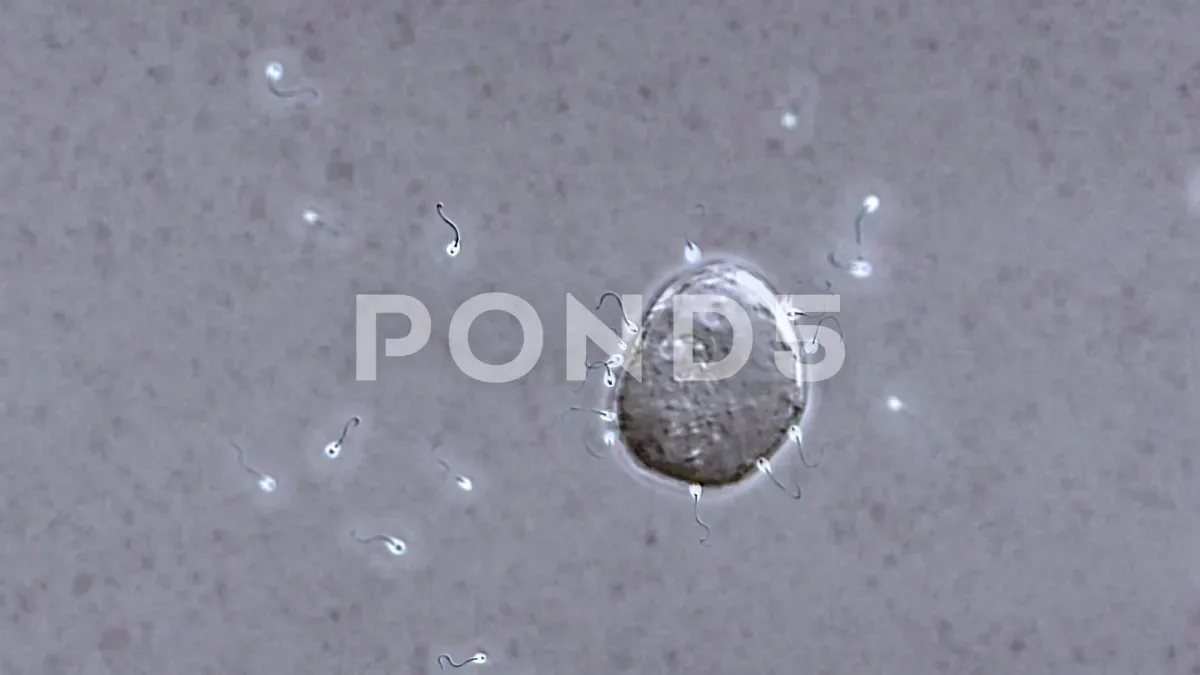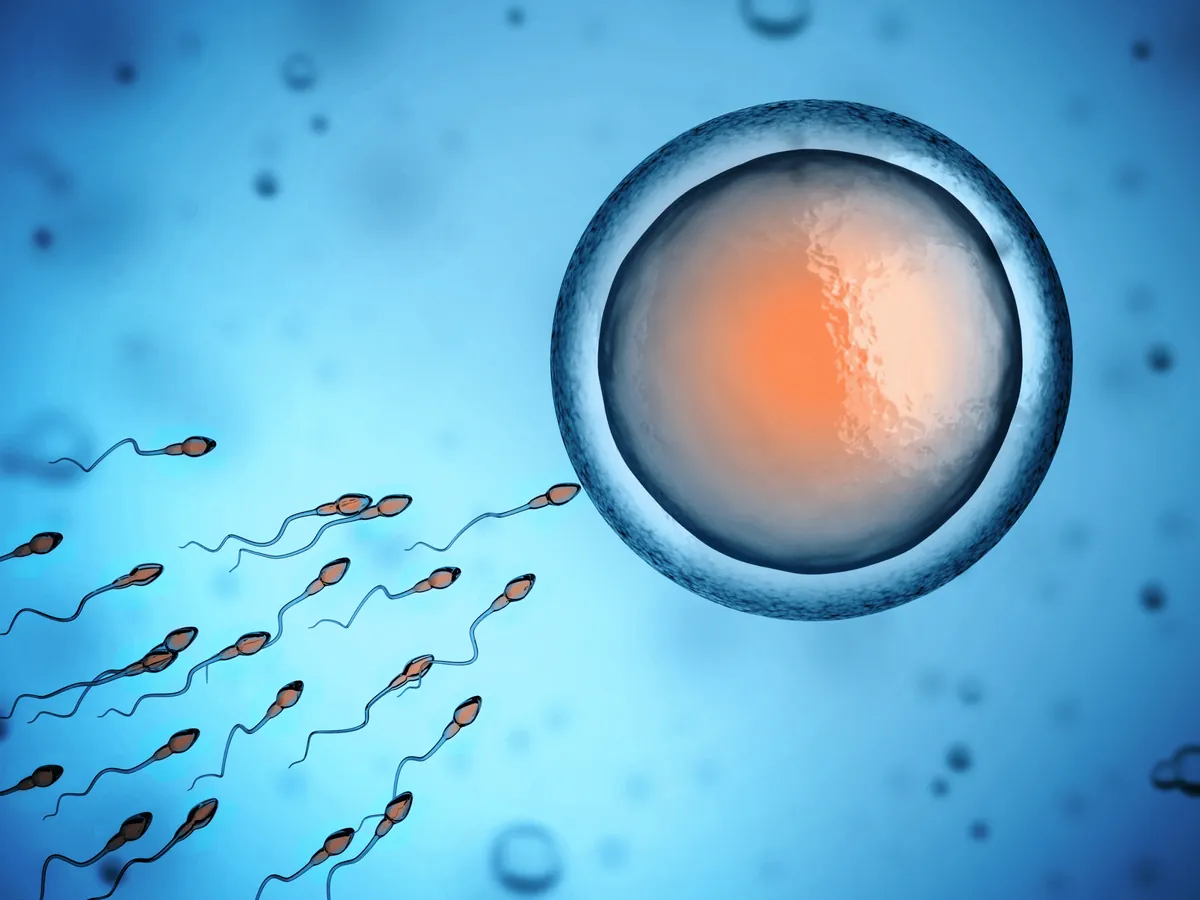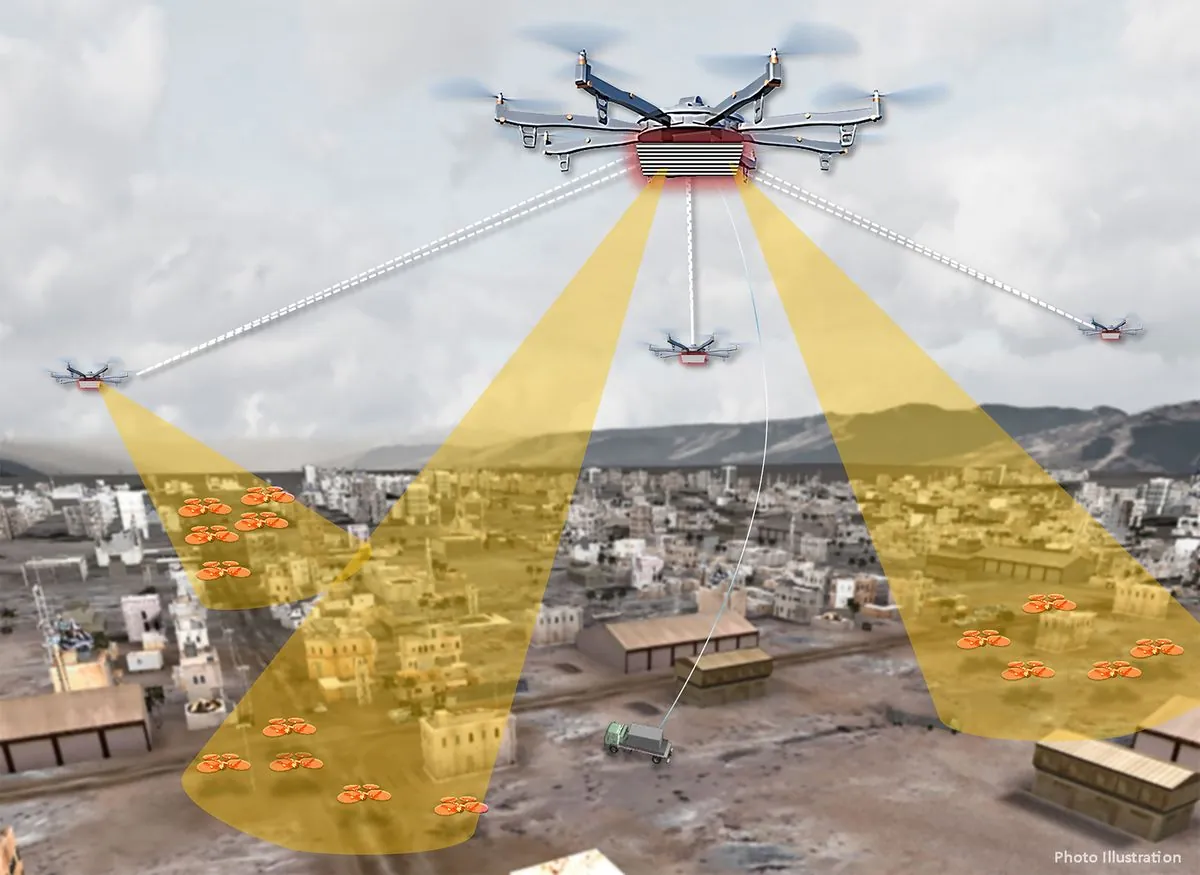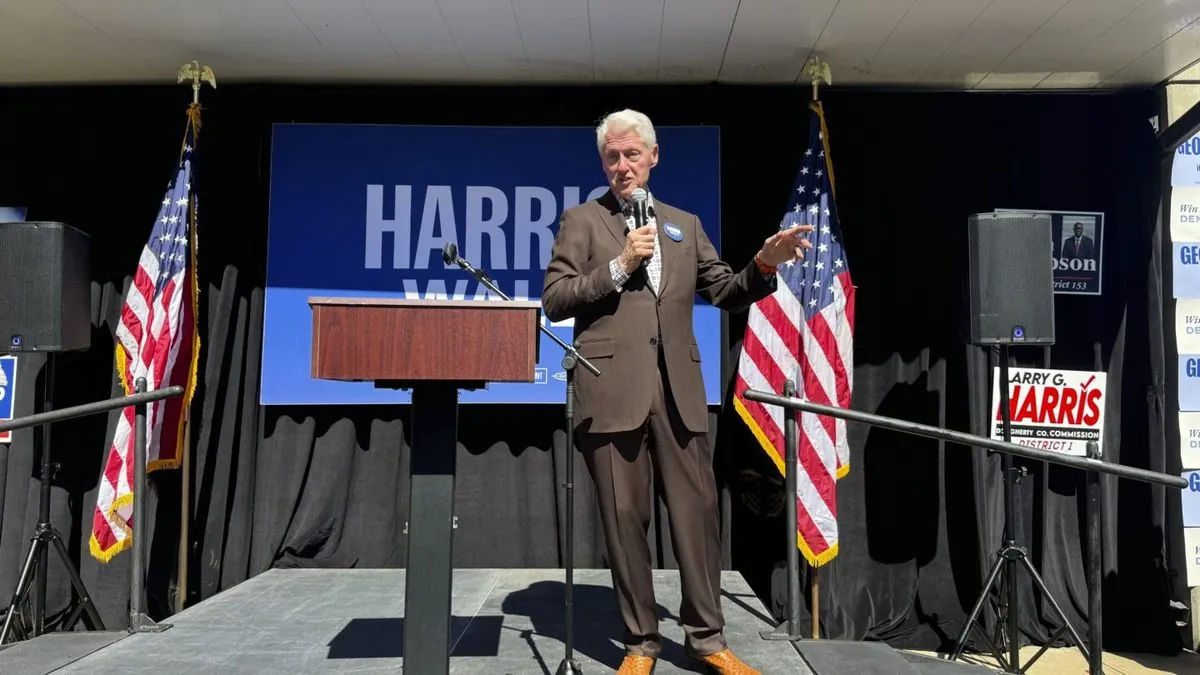Scientists uncover key to sperm-egg fusion across vertebrates
Austrian researchers found a lock-and-key mechanism for sperm-egg fusion in vertebrates. The study using AI tools revealed three sperm proteins forming a key to unlock the egg‚ shedding light on fertilization across species

Scientists in Austria have made a breakthrough in understanding how sperm and egg cells join together. This process which has puzzled researchers for a long time‚ is now clearer thanks to new findings.
The study‚ published roughly a year ago showed that fertilization works like a lock-and-key system in many animals from fish to humans. Andrea Pauli‚ who helped with the research at the Research Institute of Molecular Pathology in Vienna‚ said “We found out about this really basic method that seems to work for all vertebrates as far as we know“
The team discovered that three proteins on the sperm come together to make a sort of key that opens up the egg letting the sperm attach. They looked at zebrafish mice and human cells to figure this out. Its interesting that this process has stayed the same for millions of years as animals evolved.

To help them find a new protein that lets sperm and egg first connect the scientists used an AI tool called AlphaFold (its makers got a Nobel Prize last year). They also showed how this works in real living things.
Before this‚ scientists didnt know how the proteins “worked as a group to help sperm and egg recognize each other“ Pauli explained. Theres still more to learn like how the sperm actually gets inside the egg after it sticks on.
This research could help other scientists understand why some people cant have babies or make new ways to stop pregnancy. David Greenstein‚ who knows a lot about genetics and cells but wasnt part of the study‚ said this work gives targets for making male birth control. He also said it “shows how important this years Nobel Prize in chemistry is“
The study was published in the journal Cell‚ and the research team worked with scientists from other countries to make these discoveries


































